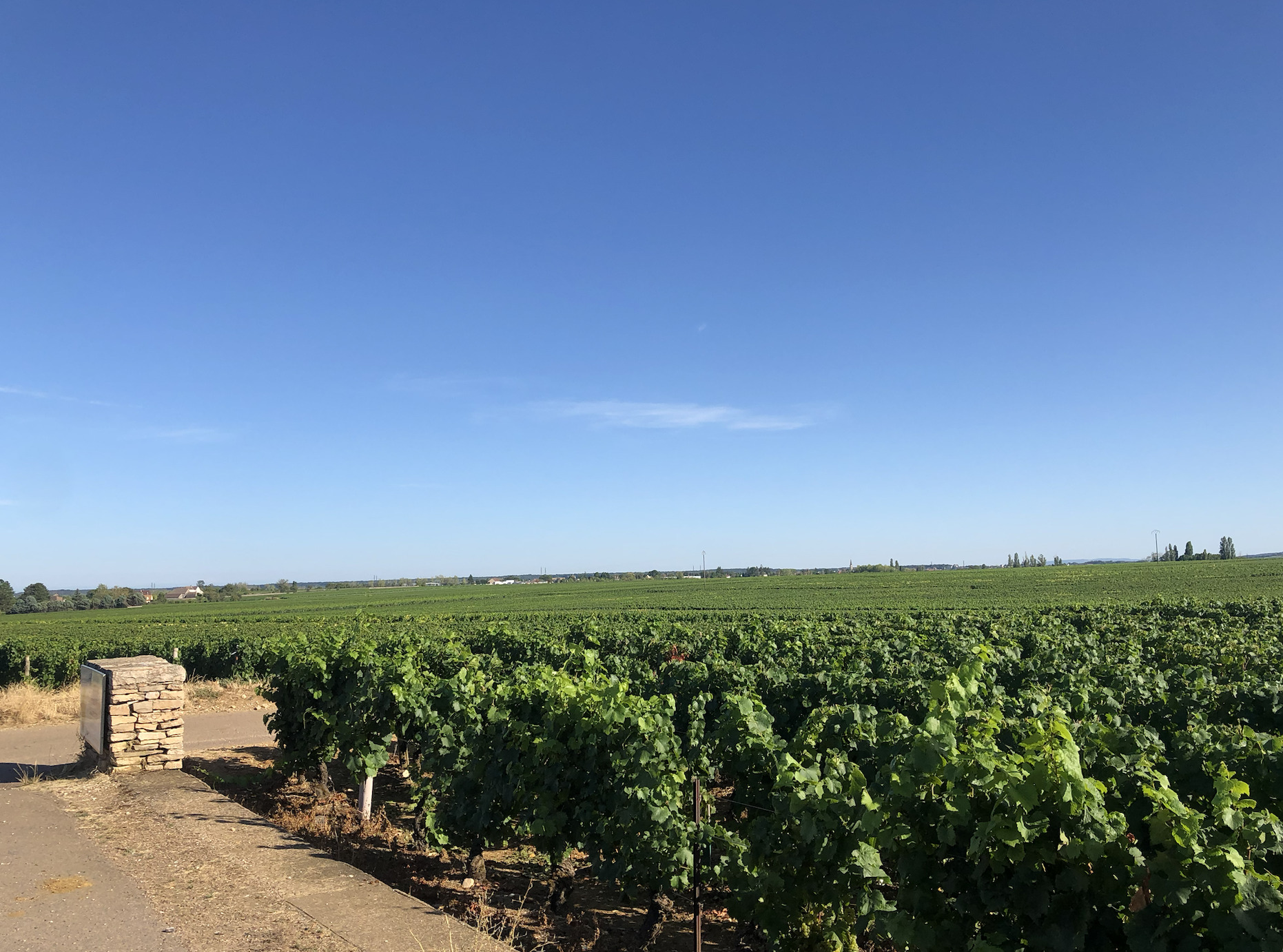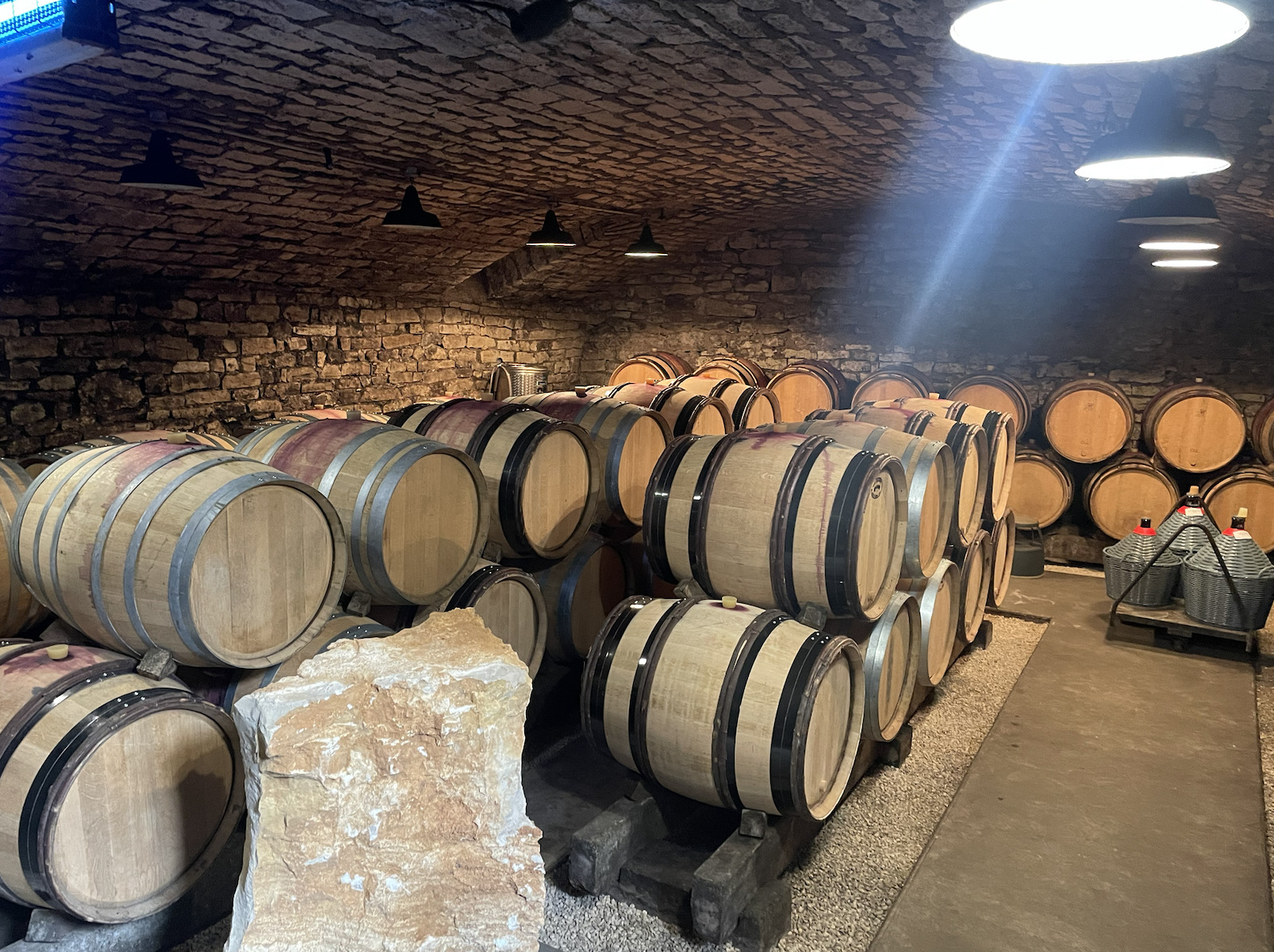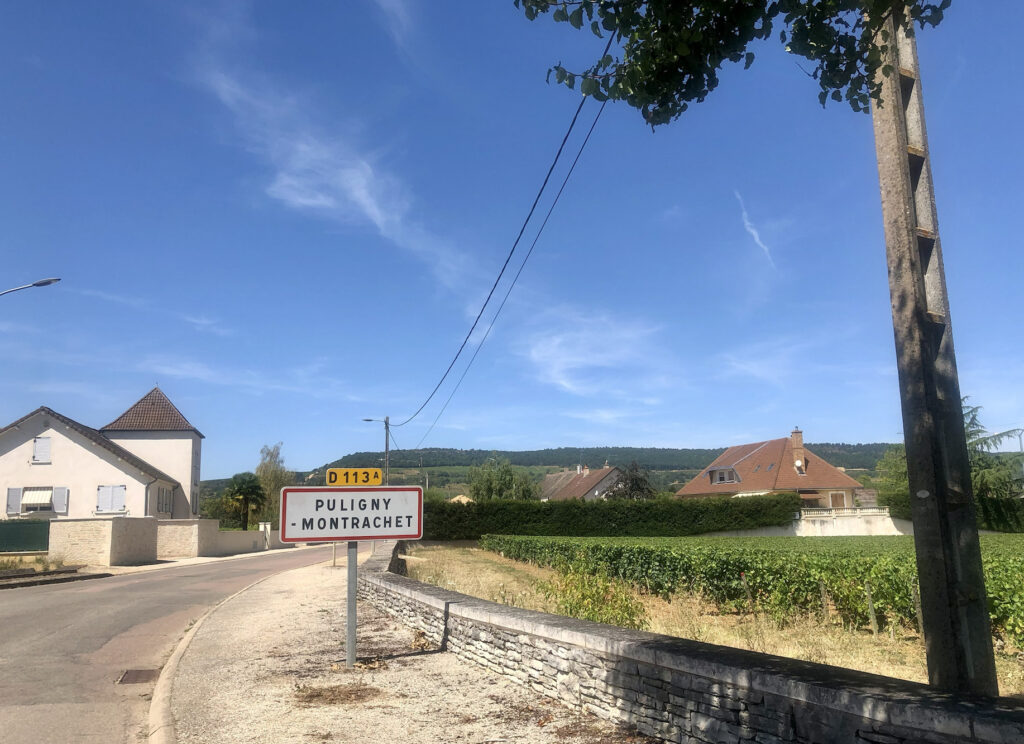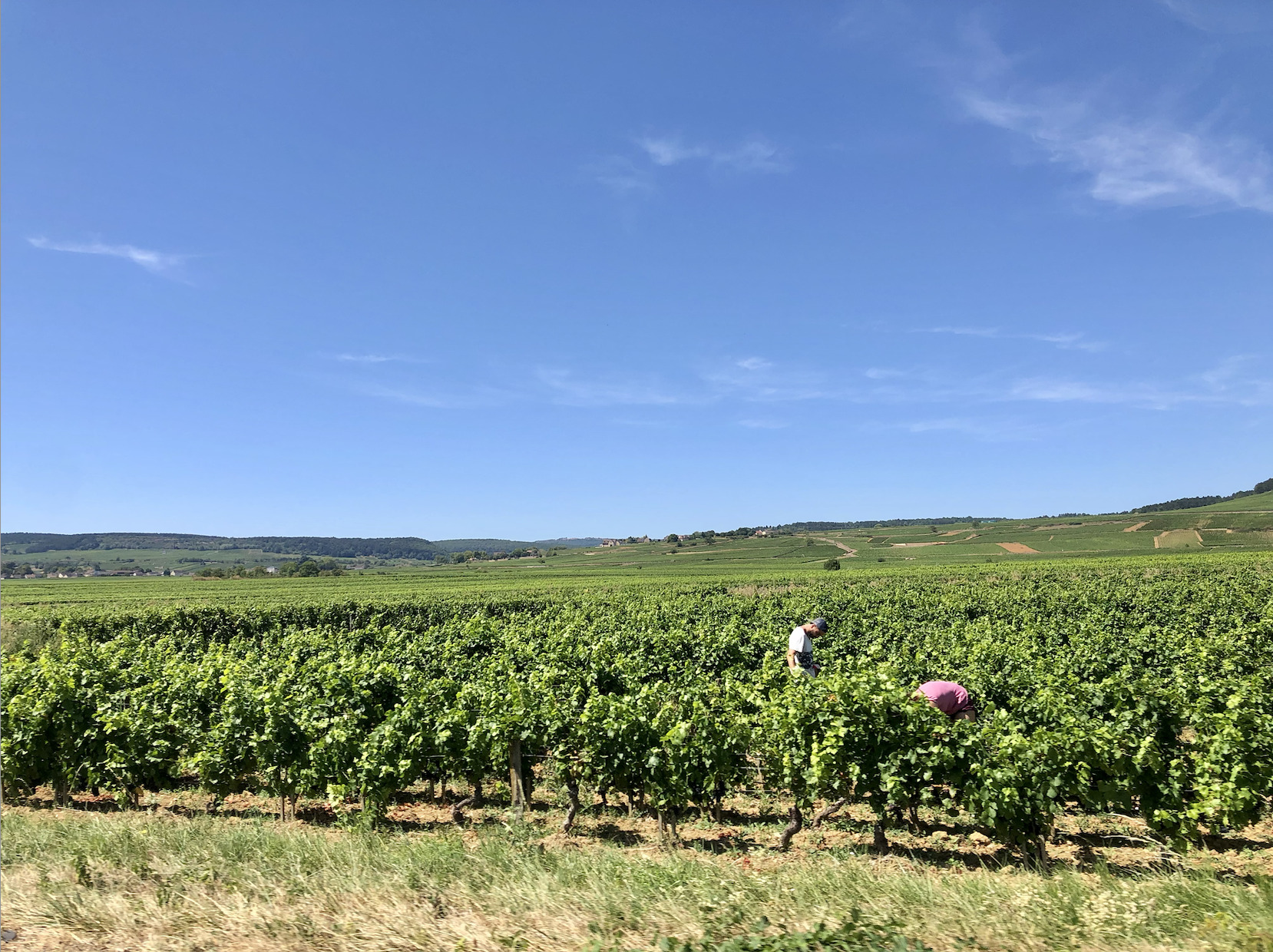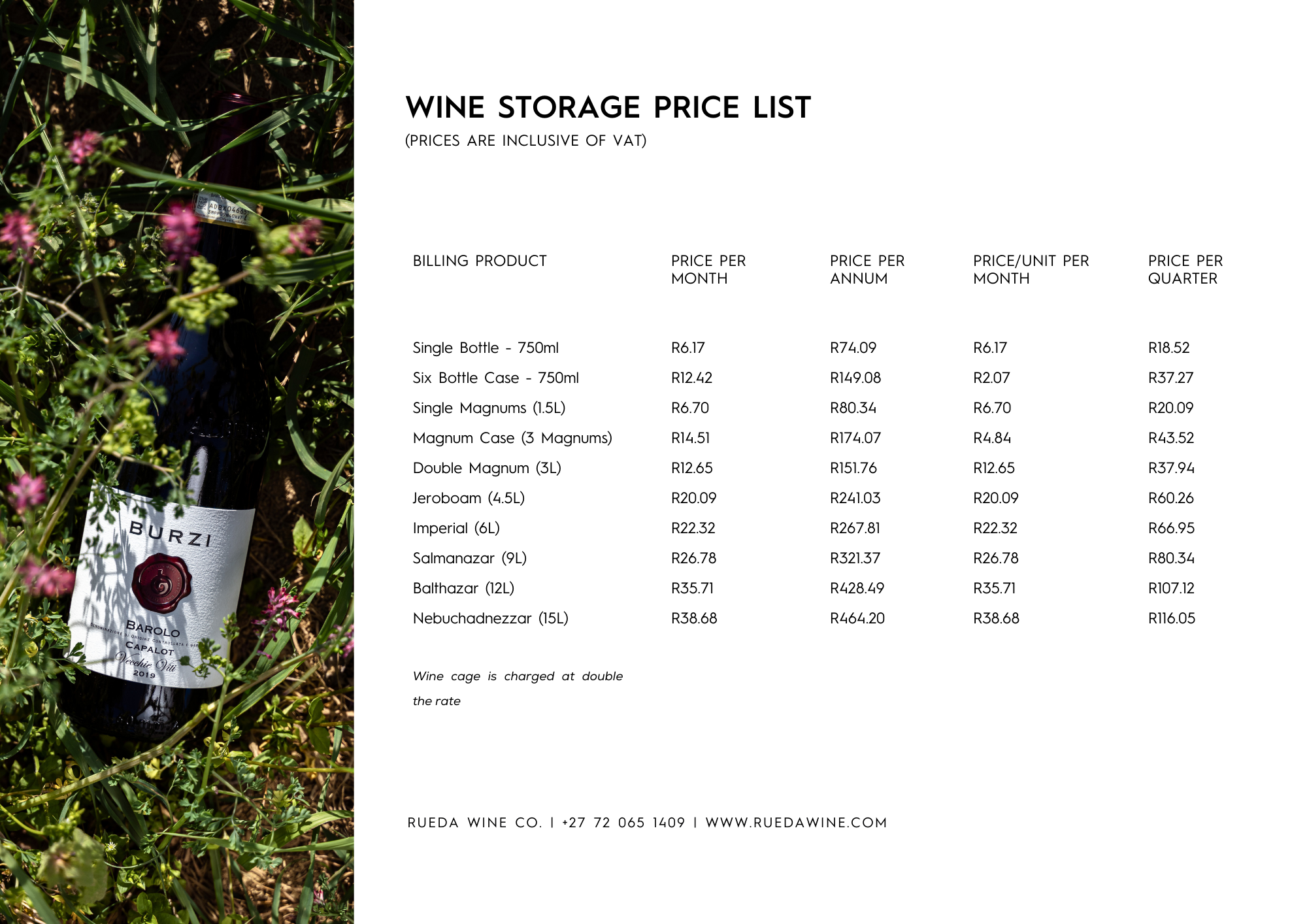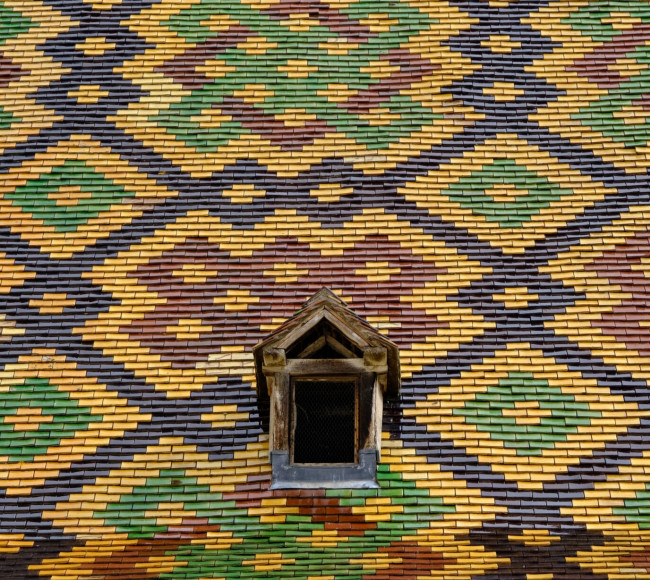
The 2020 vintage in Burgundy, was highly anticipated, and so far is living up to expectations! 2020 has yielded succulent, intense and dense red wines. Sharp, and classically styled white wines. The region experienced a unique growing and picking season, one of the earliest on record. Significantly affected by unexpected heatwaves during July and August. Some may draw parallels to the notoriously ripe vintage of 2003. However, after tasting the wines from multiple different producers, they bear very few if any, similarities to 2003.
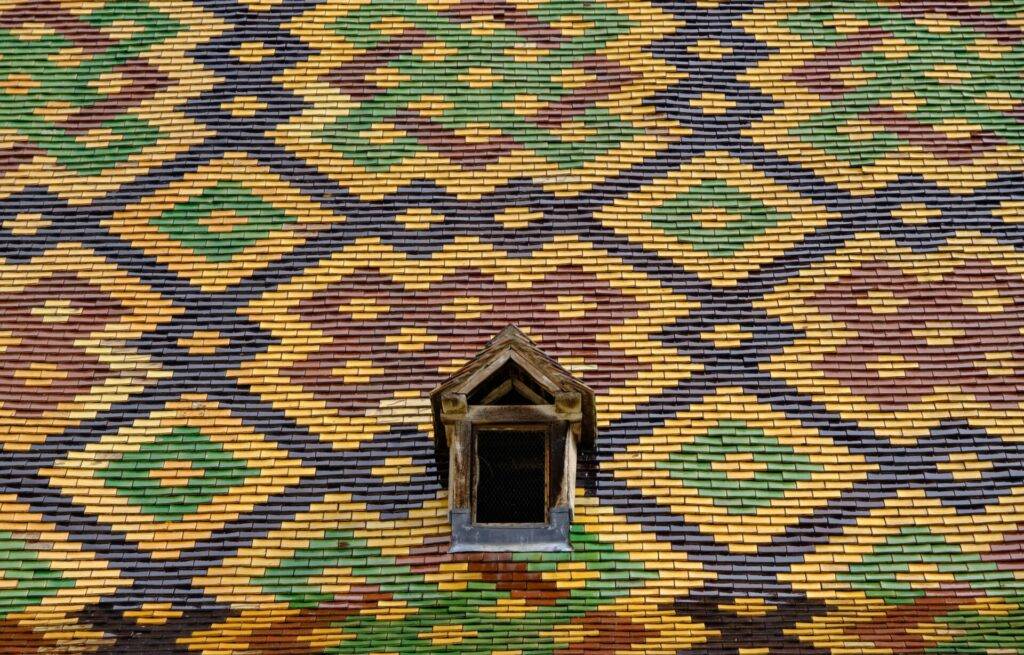
IN THE VINEYARD
The growing season in Burgundy began during the unforgettable lockdown restrictions of COVID-19. A mild winter, somewhat dry and warm, led to an early bud break in March. This was followed by a frosty April that threatened the vineyards. The frost led to damage in the vineyards, especially in Chablis, where some growers reported to have lost between 10%- 40% of their crop.
The Cote d’Or however, was relatively unaffected, unlike the harrowing frosts of the 2021 vintage (which will be discussed in another post). The growers responded by lighting fires and using helicopters to protect the vines.
The summer months were warm and dry, which allowed the vines to recover from the frost damage sustained during the winter months. After visiting and speaking to the producers, it was reported that they were somewhat nervous about the lack of rain. However, by August the heavens had opened and there was rainfall (potentially a bit late).
The weather prior to August was marked by spikes in temperature and heatwaves, They were followed by cool nights (unlike 2003) which allowed for slow ripening and the retention of acidity in the fruit. This resulted in fantastic ripening conditions for the grapes and an excellent crop.
ONE OF THE EARLIEST HARVESTS
Cote de Beaune – Harvest
The picking season began in late August for the Maconnais and the Cote de Beaune. Oddly enough, the reds were earlier than the whites in the Cote de Beaune due to lower yields. Weather conditions during the harvest were warm and sugar levels were rising rapidly. This forced quick decision-making amongst producers on whether to pick earlier to retain acidity and lower alcohol levels. The risk was lower phenolic ripeness. Versus, picking later guaranteeing phenolic ripeness but risking higher alcohol and lower acidity levels.
Cote de Nuits – Harvest
The Cote de Nuits saw most producers begin harvesting in early September and finish by the middle of September. The fruit was all-round healthy, with little shrivelled or diseased grapes. However, there was some unevenness. The red fruit had uncharacteristically thicker skins which resulted in a juice yield of an average 10% lower.
WHAT HAPPENED IN THE CELLAR
Producers have remarked that work in the cellar has been straightforward. In general, the density of the fruit, elevated alcohols and thick skins have allowed for easier extraction. This has resulted in lighter extraction in general with less punching down. In general, producers have also tended to prolong elevage allowing for greater settling before bottling.
Approaches to whole-bunch fermentation differed widely. Some producers felt this was a year to use more in order to have lighter extraction, add mineral freshness and decrease alcohol. Others took the opposite approach, dialling back the proportion of whole cluster. They felt the stems were less ripe because of the short growing season, or as they did not want to risk deacidifying the wines.
Interestingly, both approaches appear to have yielded positive results.
The debate on stems versus destemming and crushing versus uncrushed is age-old and will continue for many years to come.
What I have seen though is a step away from having hard-fast rules on which approach to follow. Rather producers are taking a vintage-by-vintage approach on what to do.
EXCEPTIONAL AND ELEGANT WHITE WINES
The quality across the board for white wines is incredibly high. The wines are balanced, with powerful, yet elegant fruit without lacking the zippy and piercing acidity. These wines are built to age. Weirdly enough, the wines of 2020 are somewhat reminiscent of the 2017 vintage (another exceptional white wine vintage), except with greater intensity – which makes sense comparing the two growing seasons.
The alcohol levels rarely pass 13.5% for the 2020 whites and are back with a rigid skeleton of acidity with the flesh required to be enjoyable from the outset.
INTENSE AND STRUCTURED RED WINES
Unfortunately for the red wines they did not have it as “easy” as the whites (not that it is ever easy), this was a vigneron’s vintage. The best red wines were made by the best vigneron. 2020 was undoubtedly tough as producers battled high alcohol levels and easy extraction. If not produced with care and detail, you may confuse some of your Pinot for Syrah!
However, there are some exceptional wines across the board (think, Antoine Jobard with his new-ish new plots of red wines or AF Gros).
The 2020 red wines seem to be somewhat difficult to compare to other vintages, potentially that of 2012 has some sort of resonance, with decreased yields and intense fruit. I love the 2012 vintage and it has really just begun to reveal itself.
2020 is a vintage to put away for some years before approaching if you want the greatest amount of pleasure.
OVERALL OPINION
The distinct characteristics of the weather during the growing and picking season have translated into wines that are complex, balanced, and age-worthy.
The red wines have a deep, intense colour, with ripe and concentrated fruit flavours but not overbearing or clumsy like that of 2003. They are well-structured, with firm tannins that will provide excellent ageing potential.
The white wines are equally impressive, with a bright, fresh acidity that balances the intense fruit.
Overall, the 2020 vintage in Burgundy, appears to be coming out as exceptional. The weather conditions were unique, and the growers had to be cerebral during the picking season. The resulting wines on average, are complex, balanced, and age-worthy, and they will undoubtedly be highly sought after by wine enthusiasts worldwide.
JOIN THE RUEDA WINE CO. COMMUNITY

